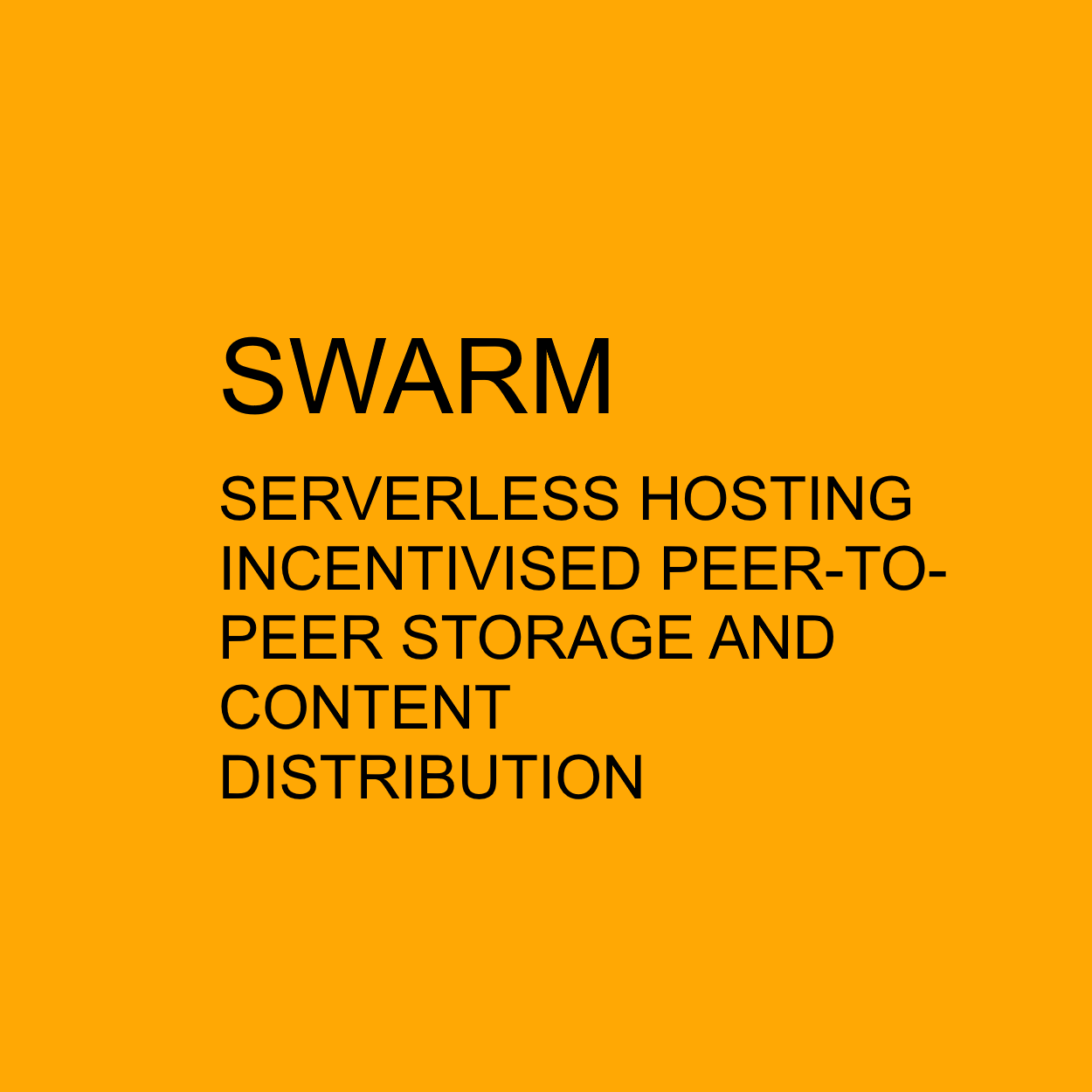NOTE: This blog was originally published at https://telegra.ph/DePIN-New-Web3-Buzzword–Swarms-Reality-06-03
Web3 has been an industry that gives birth to multiple cross-industry trends. There were the ICOs and early NFTs in 2017, DeFi and play-to-earn in 2020, the second wave of NFTs — this time it hit even the big auction houses — in 2021-2022, memecoins coming to all new public chains with low fees every once in a while, and the rising wave of blockchain + AI starting in 2023. The next bull market cycle brings us DePIN, a new trend that is set to become viral.
DePIN stands for Decentralised Physical Infrastructure Network. It could be physical or virtual infrastructure that is crowdsourced from large groups of users. Users who provide resources for such networks get token-based incentives. If you zoom out a bit, it has been in the market since long ago, because this is what decentralised blockchain projects have been doing all along, regardless of the new name Messari and others chose for it.
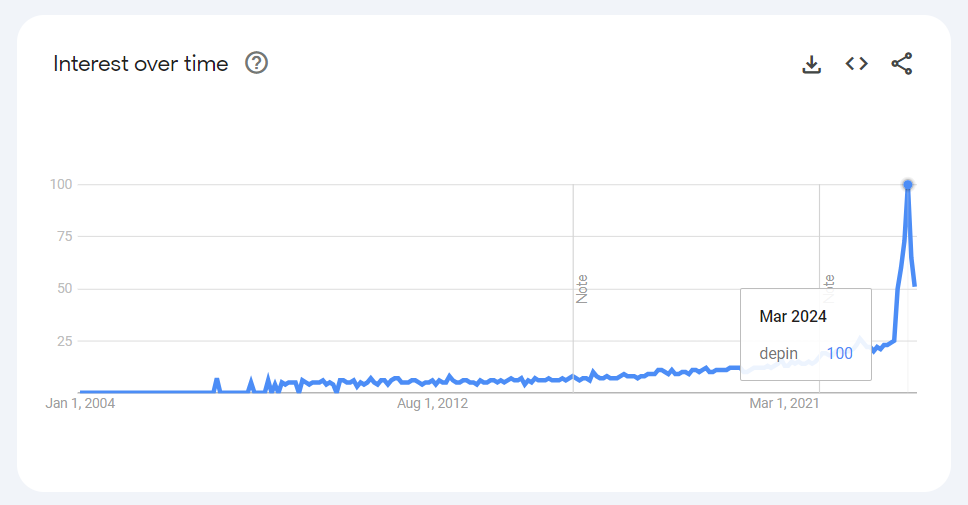 Source: trends.google.com
Source: trends.google.com
Indeed, Swarm’s network of 15,000 storage nodes fits the definition of DePIN (Decentralised Physical Infrastructure Network) perfectly. The project code is open-sourced and audited. There is no central authority that can stop or drop nodes in the network. Peers are individual users who provide their storage resources, or physical infrastructure. Another important aspect of being a DePIN project is that the network offers the infrastructure providers some incentives. Since blockchain can be a good way to organise a network with transparent participation rules and can implement cryptocurrency-based reward mechanics, there are more than 100 DePIN projects in the blockchain industry.
Why DePINs Matter?
So why will the DePIN trend become viral? This is a new way people can make money. Unlike other investments when people take out some money, put it somewhere, and wait for the asset/project to add value for them to be able to sell, DePIN is a simpler way: you already have the resources you can earn with, so you can earn money right away. There are a lot of people that have idle resources, physical and digital. They offer the resources, get rewards for it, spread the word, and increase the usage of DePIN. Crowdsourcing and decentralisation make wonders. The DePIN L1 network called peaq has a nice supporting visual:
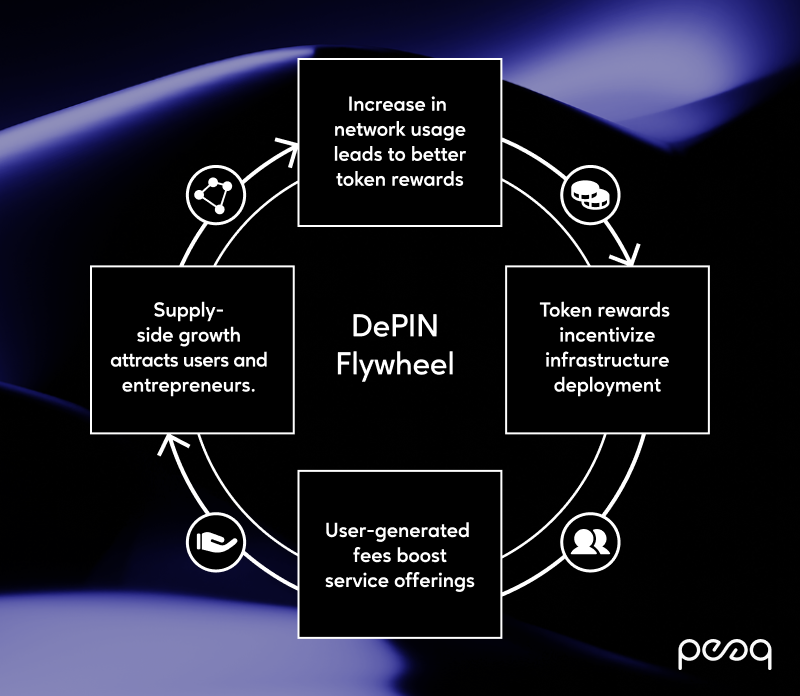 Source: peaq.network
Source: peaq.network
Generally speaking, the more people join DePINs, the better they get. They develop faster because there is no central governing body. To make an analogy, DePINs are better than traditional infrastructure the same way Uber is better than a local taxi service and AirBNB is better than a local hotel.
Like DePINs, blockchain is also about cutting out the middlemen and their costs that take away the value that belongs to you or add up to what you pay. In a decentralised P2P network, all the participants are equal and face fair competition. Meanwhile, DePINs are an easy way for you to provide value for a network without much effort. They don’t require KYC, either. By combining DePINs with blockchain open ledgers where the rules are hard-coded into the protocol and all participants decide on how it should move forward via reaching a consensus, and not by unilaterally changing the terms of service like the big tech does, the true power of blockchain economy shines.
Onboarding the Next Million Users, Without Crypto
What usually bugs the would-be blockchain users is the entry threshold. In this industry, the most popular way to enter and start contributing to a project is via centralised gatekeepers, i.e. exchange platforms. You convert fiat money to popular cryptocurrencies, then swap the popular ones for the one you need, and only after meeting the project’s requirements can qualify for a network contributor. The less popular way is mining and then swapping the assets. Here you can skip centralised agents but normally need to have specific high-range hardware. One can no longer mine Bitcoin on just any computer as it was 10+ years ago.
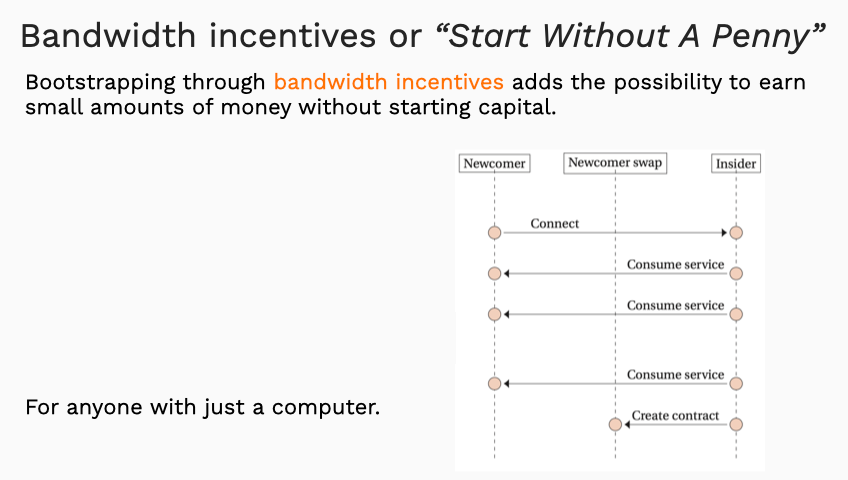 Source: The Book of Swarm
Source: The Book of Swarm
DePINs solve this problem with barter relations: first you provide some valuable service or resource, then the network rewards you for it. For instance, Swarm has “Start Without A Penny” bootstrapping where your computer (even a Raspberry Pi) will be enough to join the network and qualify for incentives. In 2024, node incentives on Swarm averaged $2-7. Isn’t that nice for something you have, but don’t use to the fullest, and thus decide to share with peers on a decentralised network? Please bear in mind that hardware requirements on Swarm are very low.
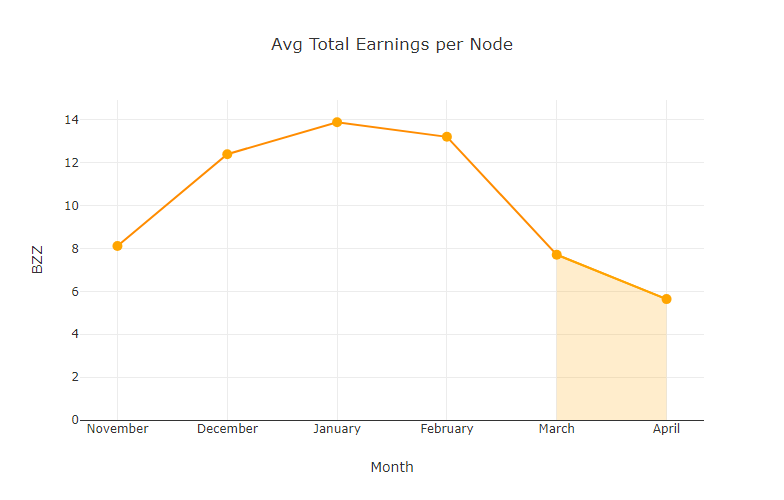
Average monthly earnings for an active staking node (a node which has submitted a commit transaction at least once in the month) on Swarm, 2024. Source: blog.ethswarm.org
Now that IoT devices have come to many households, your smart TV, fridge or router can do this, too, let alone your smartphone. Just look at what IoTeX and peaq network do to have an understanding how easy and massive this thing is getting.
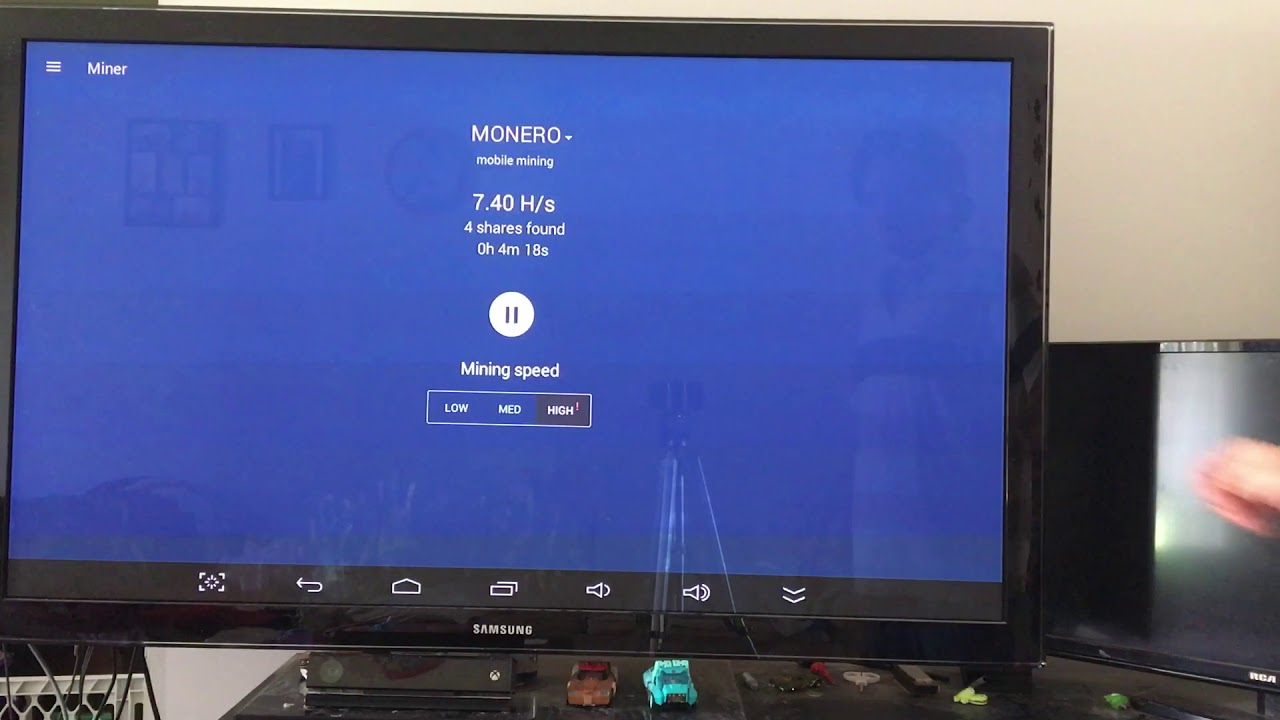 Source: Crypto Computer-Man on YouTube
Source: Crypto Computer-Man on YouTube
When blockchain proponents start their crypto adoption pitch, they should be telling everyone about DePINs and how easy they are for newcomers, not about some abstract ETFs or fiat gateways that charge you 2-5% on your bank card for buying BTC or ETH. This is one of the ways to onboard the next 200 million users to crypto.
Discussions about Swarm can be found on Reddit.
All tech support and other channels have moved to Discord!
Please feel free to reach out via info@ethswarm.org
Join the newsletter! .

